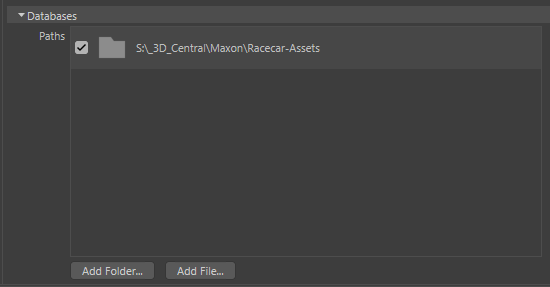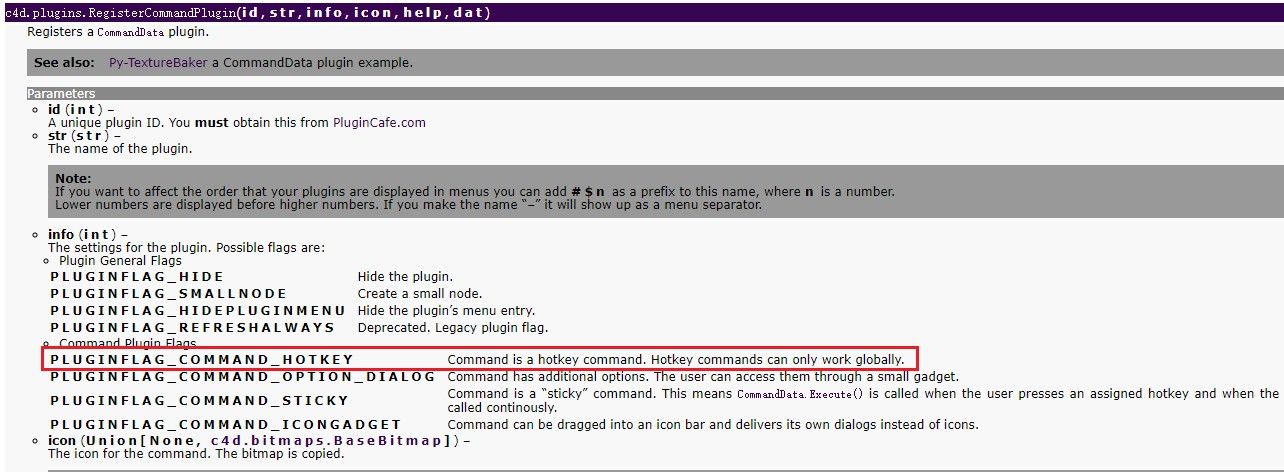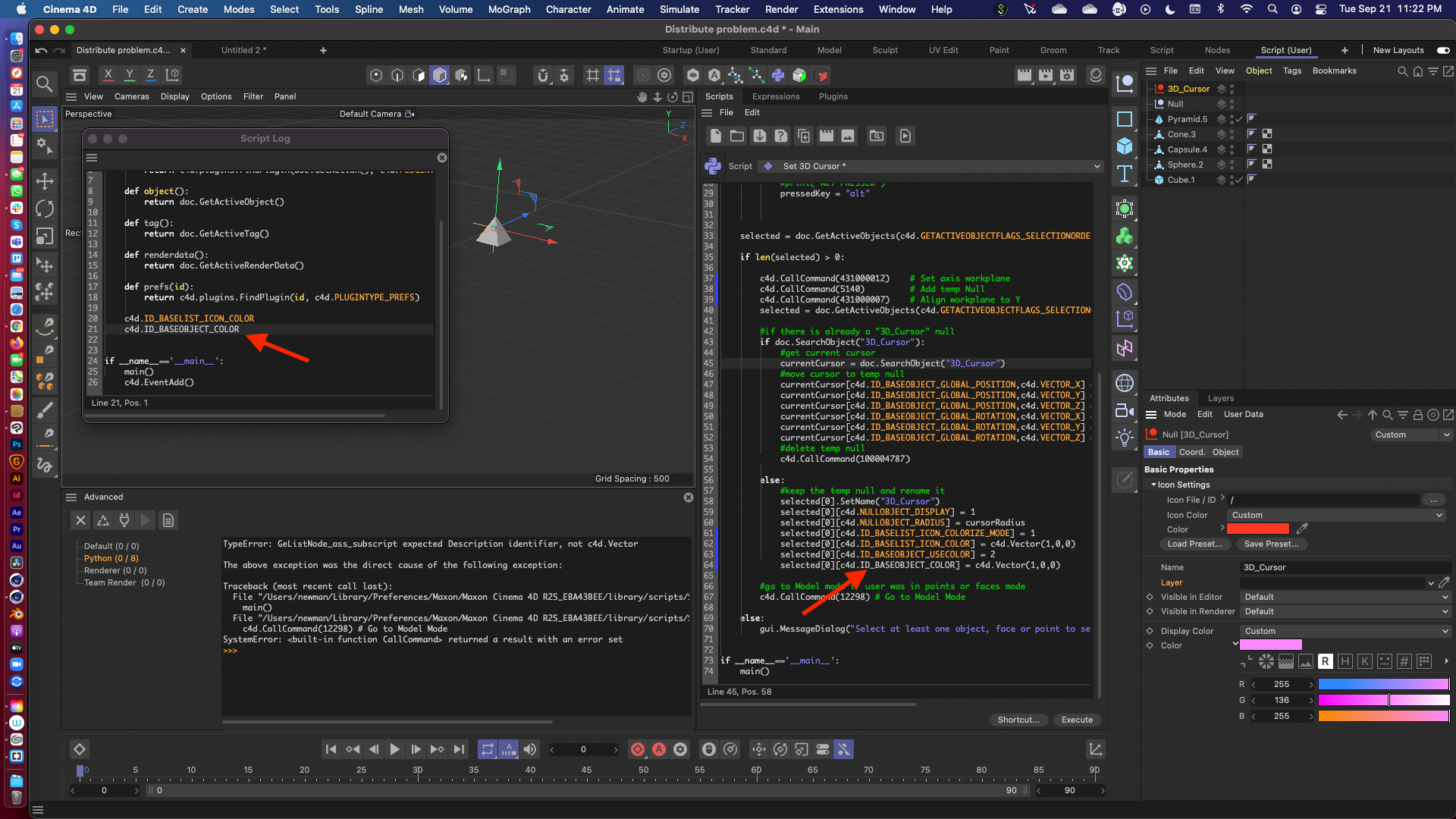Wow, thank you both for such detailed and informative replies!
First of all, apologies @ferdinand for the tag issues, I was consulting the guidelines whilst typing my question but managed to miss the OS tag. Not sure if it matters too much for python dev, but I am on a Windows machine. I did however notice that the tag list doesn't seem to be updated to include R25 just yet (the version I'm currently working with), so it may need adding by the team. It doesn't look like I'm able to edit my original post past a certain time, but if you have the ability feel free to update
Useful to know about the distinction between CommandData.ExecuteOptionID() and CommandData.ExecuteSubID(). The cogwheel icon present on some of the in-built commands was something that I'd noticed previously and been curious as to the implementation of - assumed it was just some complex code magic that added an additional button to the menu UI, ha!
I guess that you're probably right in that I shouldn't try to run before I can walk, and if there's no limit to the amount of plugin IDs permitted (makes sense if there are hundreds of thousands of them going spare! ), then the keep-it-simple approach of registering multiple IDs would probably be best at this stage. For future reference though, if it is functionally the same as registering multiple IDs, do you know of any resources showing the implementation of CommandData.ExecuteSubID(), besides the docs; is this something that could be a candidate for an additional example in the SDK plugins repo?
@Cairyn thanks for offering a more general insight into the situational decisions behind why something might be the 'best' choice (or not a choice at all!). I'm a designer first and foremost with an interest in coding, rather than the other way around, so considering the UX of a potential plugin and how it could fit into my own workflow is something I'm keen not to ignore
To be a little more specific about how the plugin will function: essentially it will be a set of commands allowing the user to rapidly navigate around the viewport in a way that's a bit more custom than the default 'front, back, left, right, etc' views, as well as the ability to toggle between perspective and parallel views, ideally while keeping the same projection matrix (the hard bit!). My intention is to bind these commands to separate shortcuts so that they're a 'function at your fingertips' Actually I do have some additional questions about the ability to set keyboard shortcuts via a plugin, instead of the command manager, and how Cinema then deals with shortcut conflicts, but I think that's one for another thread!
Definitely going to refer back to these suggestions as I continue my learning journey.
Thank you both again!



